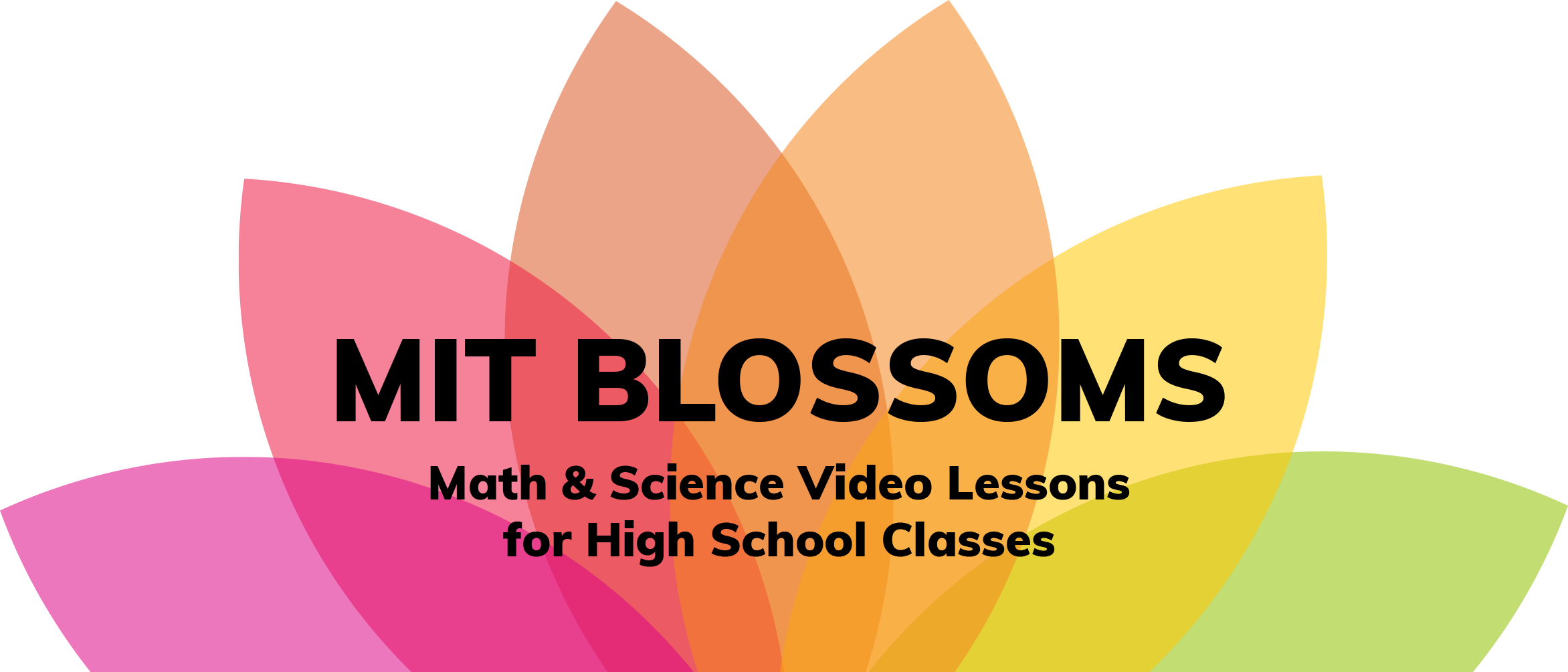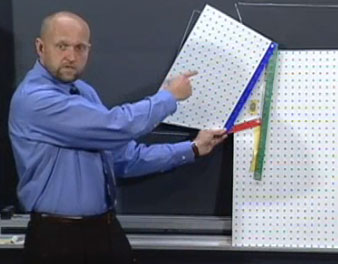This video is meant to be a fun, hands-on session that gets students to think hard about how machines work. It teaches them the connection between the geometry that they study and the kinematics that engineers use -- explaining that kinematics is simply geometry in motion. In this lesson, geometry will be used in a way that students are not used to. The prerequisite here is a familiarity with the geometry of triangles and circles. This interactive learning video could be completed in an approximately one-hour class session or it could be presented over two class sessions, allowing more class time for students to engage in hands-on activities. Materials necessary for the hands-on activities include two options: pegboard, nails/screws and a small saw; or colored construction paper, thumbtacks and scissors. Some in-class activities for the breaks between the video segments include: exploring the role of geometry in a slider-crank mechanism; determining at which point to locate a joint or bearing in a mechanism; recognizing useful mechanisms in the students’ communities that employ the same guided motion they have been studying.



